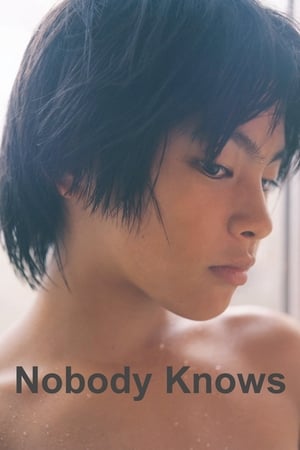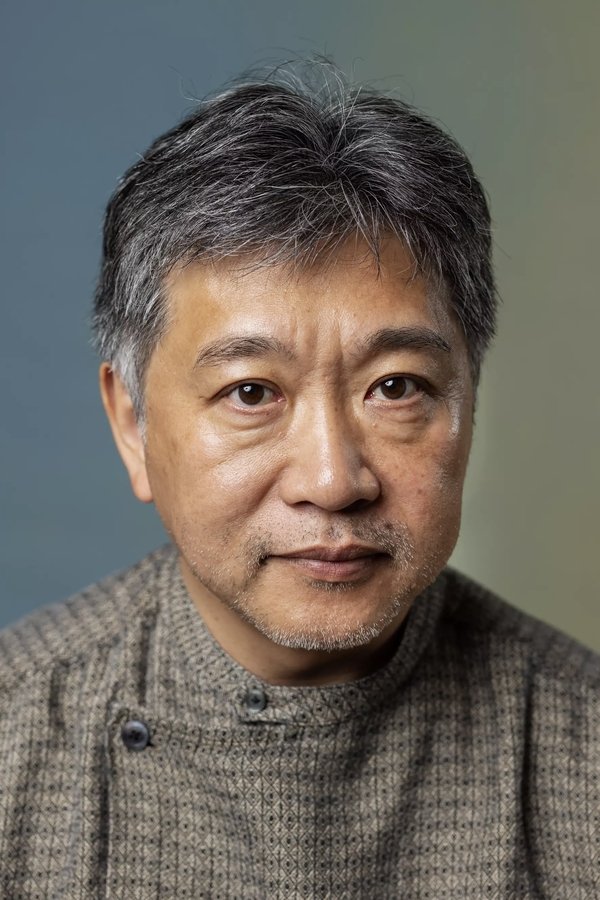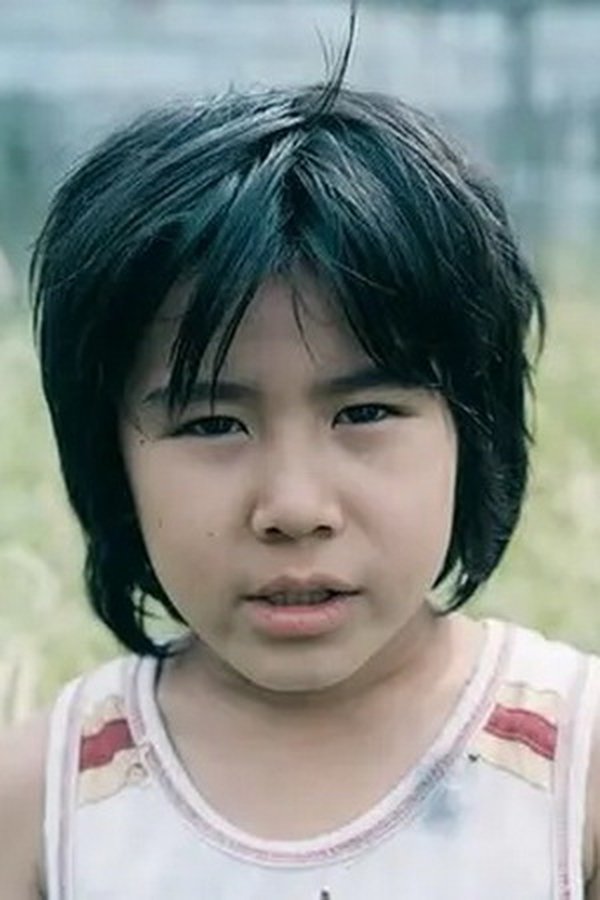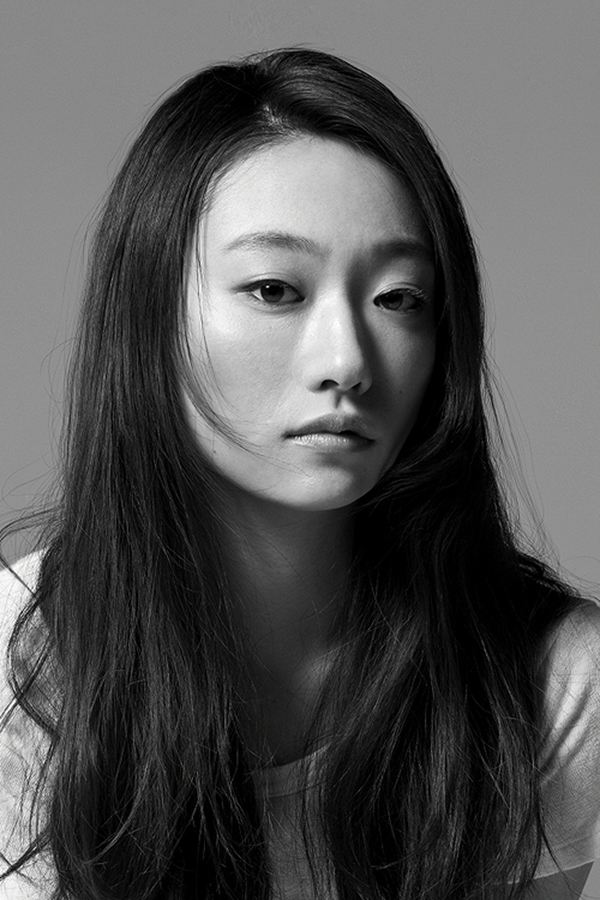With trending movements like Me Too, Times Up and Oscars So White, considering the racial and gender representation in popular culture is a topic that people consider important, or at least, worthy of discussion. Hollywood is very slowly making changes in the diversification of television shows and films. The Hollywood Diversity Report 2018, conducted by the University of California Los Angeles, found that positive changes have been made in the last four to five years with growing numbers of “women and people of color in a number of film and television arenas since 2014–15.” This progress is happening very slowly, but it does appear to be happening.
Seeing yourself, or someone who looks like you, represented in pop culture makes the viewer feel that their identity is important, and the more representation that is outside of the typical stereotypes, the more empowered the viewers become, which will saturate society. Representation is important not only for those non-white viewers of pop culture to be able to relate to someone who looks like them, but to allow both non-white and white people to see that stereotypes and assumptions around race and gender are not accurate. In 2016, Michelle Obama explained:
The purpose of analyzing the race and gender of directors and actors is to compare the demography of the filmmakers versus the representation shown in the film. The Hollywood Diversity Report 2018, among other research, explains that there is, and has always been, a majority of white male directors and a majority of white actors working regularly in film and television.
















